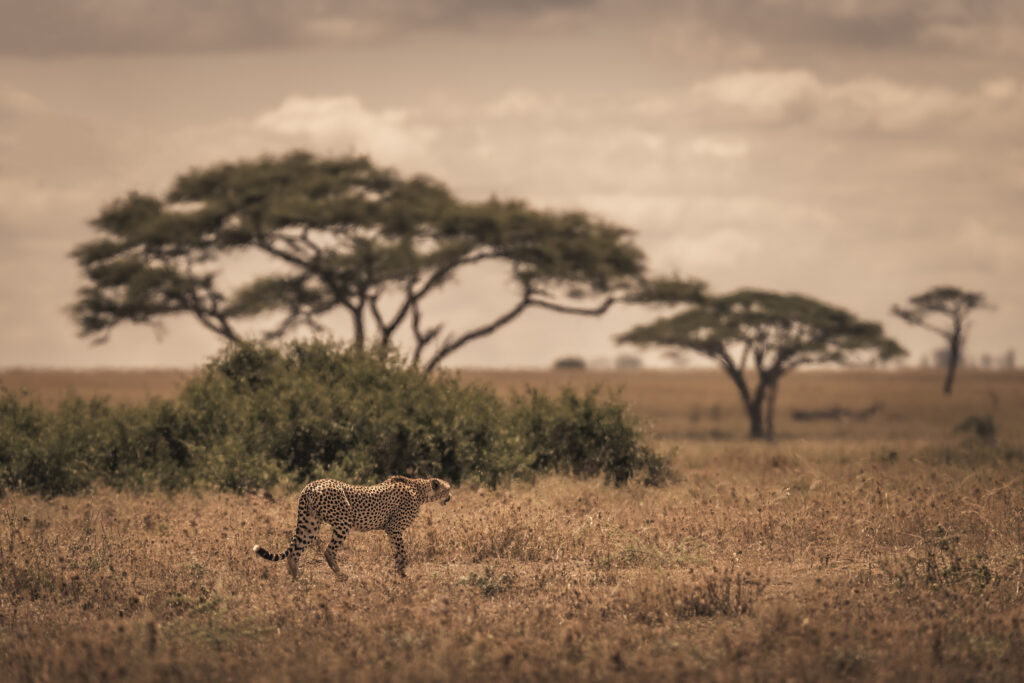Adam, V. (2015a, July 27). Killing of Cecile the lion prompts calls for EU on importing lion trophies. The Guardian.
https://www.theguardian.com/environment/2015/jul/27/killing-of-cecil-the-lion-prompts-call-for-eu-ban-on-importing-lion-trophies
Adam, V. (2015b, November 19). France bans imports of lion hunt trophies. The Guardian.
https://www.theguardian.com/environment/2015/nov/19/france-bans-imports-of-lion-hunt-trophies
Brian, Y. (2006, September 1). Hunting for conservation. Property and Environmental Research Center.
https://www.perc.org/2006/09/01/hunting-for-conservation/
Catherine, C.E. (2019). The role of hunting in conserving African wildlife. Property and Environmental Research Center. Available at
https://www.perc.org/2019/07/18/the-role-of-hunting-in-conserving-african-wildlife/#_ftn19 [Accessed on April 29th 2022].
Deborah, V. (2022). The good, the bad, and the beautiful: Ethics and hunting. African Wildlife Economy Institute.
https://www0.sun.ac.za/awei/sites/default/files/2022-EthicsAndHunting-DeborahVorhies.pdf
Gail, C.T. (2021, April 5th). It is not too good to be true – Elephants are thriving in Namibia. ConservationNamibia. Available at
https://conservationnamibia.com/blog/b2021-elephant-numbers.php#:~:text=And%20further%3A%20In%20Namibia%20the,report%20was%2022%2C754%20%C2%B1%204%2C305. [Accessed on April 29th 2022]
Jamie, G. (2021, December 10). British big game hunters to be banned from bringing trophies home. The Guardian.
https://www.theguardian.com/uk-news/2021/dec/10/british-big-game-hunters-to-be-banned-from-bringing-trophies-home
Kitshoff-Botha, A. (2020). Impact assessment of Covid-19 on the South African wildlife ranching industry. Available at
www.wrsa.co.za. [Accessed on April 29th 2022].
Lindsey, P.A., Roulet, P.A. & Romanach, S.S. (2006). Economic and conservation significance of the trophy hunting industry in sub-Saharan Africa. Biological Conservation, 134(4), pp.455-469.
MET/NACSO (2020). The state of community conservation in Namibia (Annual report 2018). MET/NASCO. Windhoek.
MEFT/NACSO (2021). The state of community conservation in Namibia (Annual Report 2019). MEFT/NACSO, Windhoek.
Snyman, S., D. Sumba, F. Vorhies, E. Gitari, C. Enders, A. Ahenkan, A.F.K. Pambo et al. (2021). State of the Wildlife Economy in Africa. African Leadership University, School of Wildlife Conservation, Kigali, Rwanda.
Patrick, G. (2022, January 13). ‘Poorly conceived’ trophy hunting bills puts wildlife at risk, UK government told. The Guardian.
https://www.theguardian.com/environment/2022/jan/13/poorly-conceived-trophy-hunting-bill-puts-wildlife-at-risk-uk-government-told-aoe
Pierre, K. T., Edson, G., Emmanuel, M., Bruce, C., & Simukayi, N. (2019) Does the CAMPFIRE programme ensure economic benefits from wildlife to households in Zimbabwe?, Ecosystems and People, 15:1, 119-135, DOI: 10.1080/26395916.2019.1599070




